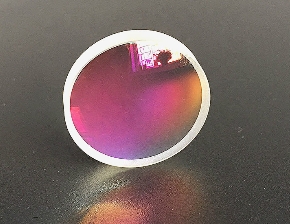ISO9001 Certified Professional Manufacturer & Supplier of Optics
+86-0431-87911611 admin@ytoptics.com
Contact us
-
 Email: admin@ytoptics.com
Email: admin@ytoptics.com
-
 Tel:86-0431-87911611
Tel:86-0431-87911611
-
 Add: 2# Automotive Innovation
Add: 2# Automotive Innovation
Jilin Province, China
Advantages of Diffractive Optics
Diffractive optical elements (DOEs) offer many degrees of freedom in their design, and by using modern lithographic fabrication techniques, it is as expensive to fabricate DOEs with strong aspheric phase functions as it is to fabricate simple Fresnel-band lenses with quadratic phase functions, and so DOEs can be used in some cases instead of more expensive aspheric surfaces. In addition, photolithographic fabrication techniques guarantee a fairly good accuracy about the DOE phase function compared to the more difficult fabrication of well-defined aspheric surfaces. Diffractive optics with strong dispersion of the opposite sign to the refractive element allow correction of chromatic aberrations, and in this case DOE also provides an additional degree of freedom in the design, since the aspherical term of the phase function also corrects the monochromatic aberrations of the system as long as these are much smaller than the quadratic term of the phase function that corrects for chromatic aberrations.


PREV : The role of silicon plano-convex lenses NEXT : Principle of the Chromatic Prism

TALK TO US 86-0431-87911611
86-0431-87911611
Call us now!
 86-0431-87911611
86-0431-87911611Call us now!
ONLINE CHAT
 2433808388
2433808388

